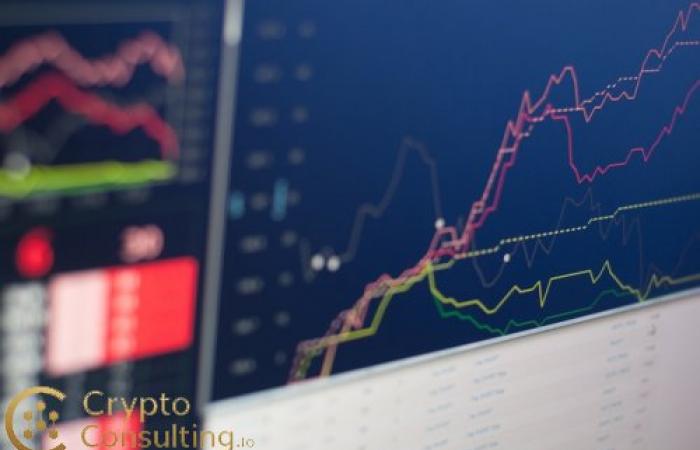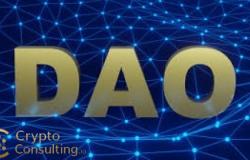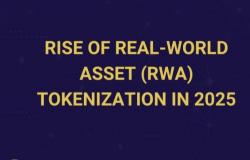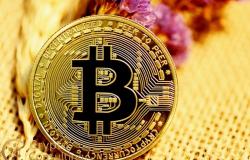Real-world asset tokenization represents one of the most promising applications of blockchain technology, bridging traditional finance with decentralized ecosystems. By converting physical and financial assets into digital tokens on blockchains, tokenization enables fractional ownership, 24/7 trading, and programmable functionality for assets that were previously illiquid or accessible only to wealthy investors.
Tokenization involves creating blockchain-based digital representations of real-world assets, with each token representing ownership or claims on underlying assets. Smart contracts enforce ownership rights, transfer rules, and other properties, creating a transparent and automated system for managing asset ownership. This process can apply to virtually any asset class including real estate, securities, commodities, art, and intellectual property.
Real estate tokenization has gained significant traction as a use case. Properties worth millions can be divided into thousands of tokens, allowing investors to purchase fractional ownership with investments as small as hundreds of dollars. This democratization of real estate investing opens opportunities previously limited to wealthy individuals or institutional investors. Platforms like RealT and Propy have tokenized properties worth hundreds of millions, demonstrating commercial viability.

The benefits of tokenized real estate extend beyond fractional ownership. Tokens can trade 24/7 on secondary markets, providing liquidity for typically illiquid assets. Smart contracts can automate rent distribution to token holders, eliminating intermediaries and reducing costs. Cross-border investment becomes simpler as blockchain enables global access without complex international transaction processes. These advantages are attracting both retail and institutional interest.
Securities tokenization encompasses stocks, bonds, and other financial instruments. Traditional securities markets involve multiple intermediaries, settlement delays, and geographic restrictions. Tokenized securities can settle instantly, trade continuously, and reach global investors while maintaining regulatory compliance through programmable restrictions. The potential market for tokenized securities is enormous, with trillions in traditional securities potentially moving on-chain.
Regulatory frameworks for security tokens have evolved significantly. Many jurisdictions now recognize security token offerings (STOs) as legitimate capital raising mechanisms subject to securities regulations. Compliance requirements including KYC, accredited investor verification, and transfer restrictions can be encoded into smart contracts, automating compliance while maintaining regulatory standards. Platforms like Polymath and Securitize provide infrastructure for compliant security token issuance.
Commodity tokenization enables fractional ownership and trading of physical commodities like gold, oil, and agricultural products. Gold-backed tokens like PAXG and XAUT represent ownership of physical gold stored in vaults, providing exposure to gold prices without storage and insurance hassles. Agricultural commodity tokens could enable farmers to secure funding by tokenizing future harvests, creating new financing mechanisms for agricultural production.
Art and collectibles tokenization addresses authenticity verification and fractional ownership challenges. High-value artworks can be tokenized, allowing multiple investors to own shares while maintaining provenance records on blockchain. NFTs have pioneered digital art ownership, and similar concepts are being applied to physical art through tokenization. This approach could unlock liquidity in the multi-trillion dollar art market.
Technical infrastructure for asset tokenization continues to mature. Oracles connect off-chain asset data with on-chain tokens, ensuring token values reflect real-world asset conditions. Custody solutions provide secure storage for physical assets backing tokens. Interoperability protocols enable tokenized assets to move between different blockchains, increasing liquidity and market access.
Legal frameworks present ongoing challenges. Questions about jurisdictional authority, enforcement of token holder rights, and treatment of tokenized assets in bankruptcy require clarification. Different jurisdictions are developing varied approaches, creating complexity for global tokenization platforms. Legal wrappers like special purpose vehicles can provide interim solutions while regulatory frameworks evolve.
The integration of tokenized assets into DeFi protocols unlocks powerful financial capabilities. Real estate tokens can serve as collateral for loans on lending protocols. Tokenized securities can provide yield through staking or liquidity provision. Automated market makers can enable instant trading of tokenized commodities. These integrations create a financial system where any asset can interact programmatically with any financial protocol.
Looking forward, analysts project the tokenized asset market could reach trillions of dollars as infrastructure matures and regulatory clarity improves. Traditional financial institutions are increasingly exploring tokenization, recognizing its potential to improve efficiency, reduce costs, and expand market access. As real-world assets migrate onto blockchains, the boundaries between traditional finance and DeFi will continue to blur, creating a unified global financial system built on blockchain technology.






